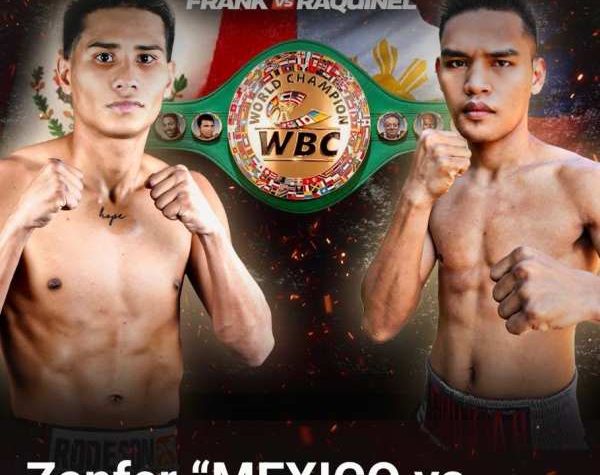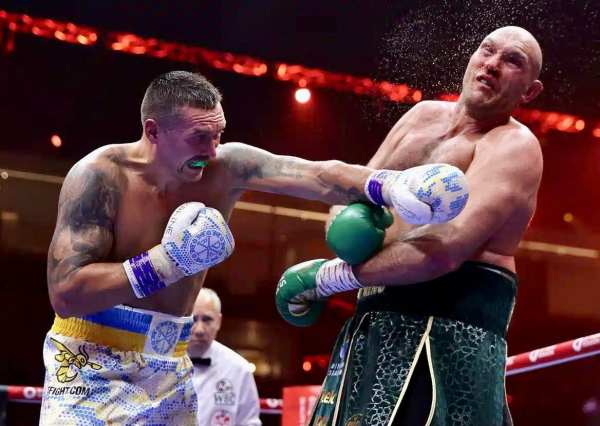
By chrismassari
Bloodyelbow.com
The Grandfather of the Martial Arts in the Modern Era
Nearly 30 years ago, martial arts forever changed.
UFC 1 was a catalyst to forever reshape the ideology, foundation, education, approach and very make up of self-defense and the martial arts.
Simply put, the Gracie family changed the game.
Without neglecting the history of Shoot Boxing, Catch Wrestling, Pancrase, Vale Tudo and even the philosophies of individuals like Bruce Lee and other multi-martial art disciplines pre-UFC, the practice of “cross-training” wasn’t mainstream among western practitioners, nor was it thought of as something integral to becoming a successful or even competent martial artist. Historical nuances aside, this event in 1993 can be seen as a defining marker in martial arts and how the culture shifted to where it is now.
In that span of three decades, we’ve seen martial arts grow from traditional based systems, rigid, linear and structured, to the basics of mixed martial arts. Slowly dipping their toes into what it means to train in multiple disciplines, before fast forwarding only a few years, where the practice starts to culminate in the ultimate form of cross training found in the “complete martial artists” like George St. Pierre or Jon Jones.
And as mixed martial arts continued to grow and adapt, traditional styles began to die in the early years of internet forums.
The Bullshido days of MMA.
Yet, instead of dying, some traditional systems reinvented themselves and modernized with this changing landscape. Practitioners like Lyoto Machida, Stephen “Wonderboy” Thompson, Michael Page or Anthony Pettis to name only a few, began surfacing years later and proving their styles had a place among these modernized systems.
But, unlike other styles, one of the most ancient systems of fighting, Kung Fu and the martial arts of China, hold almost zero influence in 2019 and never regained that foothold of relevancy it once had. After UFC 1 and the ushering in of the next era of martial arts, Kung Fu was faced with the dilemma all traditional martial arts were: adapt or die.
The difference? Unlike Karate or Taekwondo who adapted, Kung Fu never recovered in Western combat sports since, and in some cases, globally too.
The reason is simple. An internet search of “Kung Fu versus” can provide an almost a perpetual stream of videos of Kung Fu experts in Gracie style challenge matches or “dojo storms” against blue belt level grapplers or western boxers with only a few years of training. All of them ended with the same invalidating results, leaving Kung Fu currently on life support.
Gene Ching, the associate publisher of Kung Fu Tai Chi Magazine and KungFuMagazine.com, as well as a weapons master featured on El Rey Networks’ Man At Arms, was asked why Kung Fu hasn’t found success in Western combat sports.
“One reason is that China has a romantic notion of martial arts, and the kind of braggadocio seen in MMA (ie. Khabib vs. McGregor) doesn’t fit within their cultural view, so it’s not encouraged. When you have MMA fighters challenging Tai Chi practitioners, that’s painfully tone deaf in terms of what each style looks to achieve. But, China is starting to come around. ONE Championship just crossed a quarter billion in total capital, and while that’s Singapore, not China, well, that’s where Crazy Rich Asians is set, right?
Related: An in-depth look at ONE’s finances, losses
Another reason is that Kung Fu is working for a longer game, so it’s more sophisticated, and in this case, to a fault. A practitioner doesn’t really come into mastery until their thirties, and that’s outside the window of MMA competitors. A simpler way to look at this is that if someone pursues Kung Fu in earnest, they have to study dozens of cold-arm weapons. That’s time that an MMA competitor will spend training fighting, so they are more focused. Kung Fu can be stripped down to just sparring, which is essentially what Sanda is, and that has achieved some level of success in MMA.”
The issue with Sanda or Sanshou, is most would barely recognize the difference between it and any other kickboxing related practices. There have been a handful of notable Sanshou-based MMA fighters such as UFC and Strikeforce veteran Cung Le, or Filipino champions like Eduard Folayang and Kevin Belingon, but the success of a few outliers is not going to win the hearts and minds in a systems’ ability — which Kung Fu desperately needs, unfortunately.





More News
Casimero TKO’s Sanchez in 1st round
Raquinel wins WBC Continental Americas super flyweight title
Frank vs Raquinel on ABEMA LIVE PPV